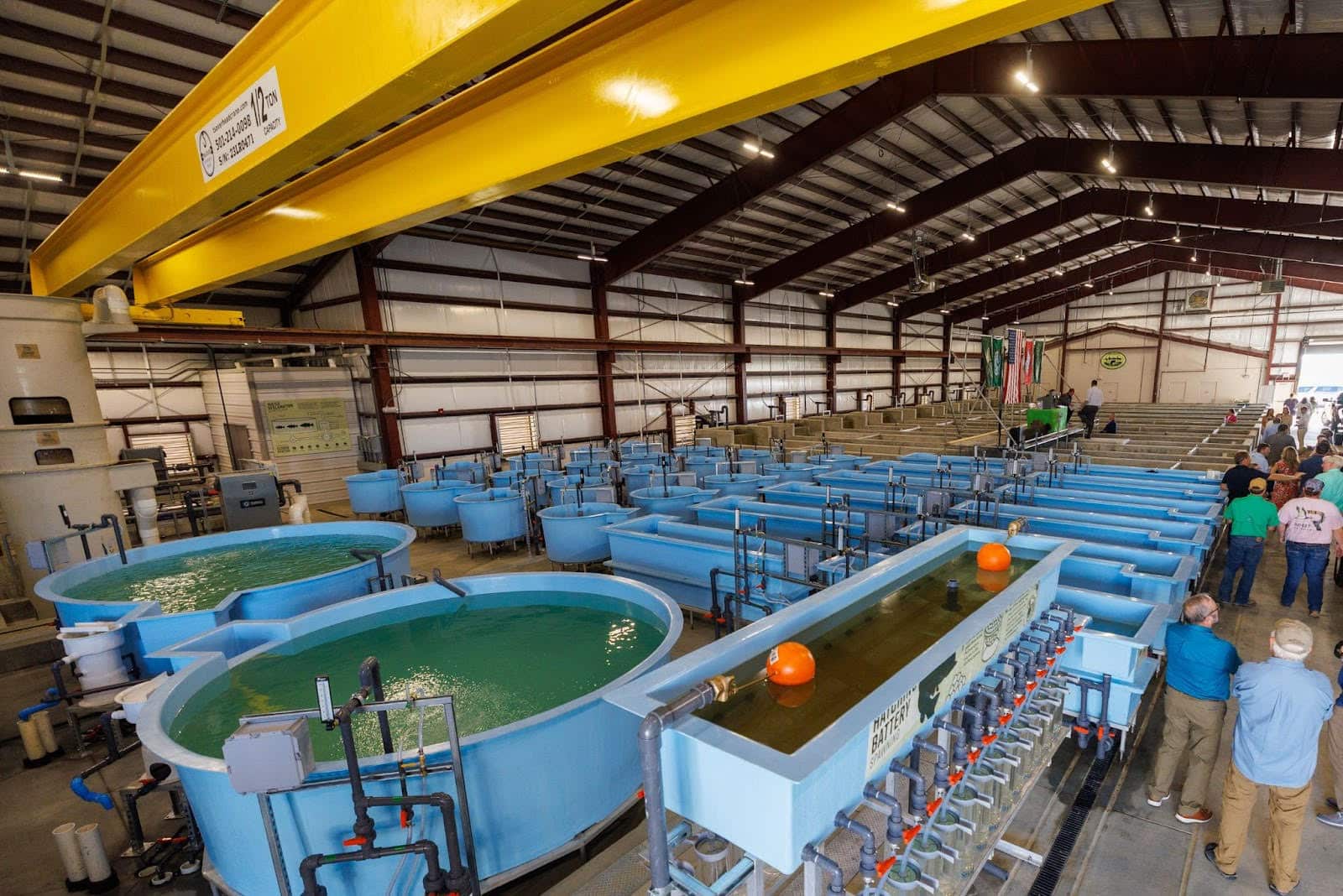Chronic Wasting Disease (CWD)
What Is CWD?
Chronic wasting disease is a contagious, fatal neurological disease that affects members of the deer and elk family. This disease is caused by a misshapen protein, called a prion, that accumulates in the tissues of infected animals. These animals experience a long incubation period (often more than 12 months) during which they show no outward signs of disease, but are able to shed the CWD prion and infect other deer and elk. When clinical signs of disease start, infected animals may become thin, demonstrate unusual posture or behaviors, and eventually lose awareness of their surroundings. This clinical phase is typically short with a uniformly fatal outcome. Because of the slow disease process, mortality from CWD is less noticeable on the landscape than other diseases. Sudden or group mortality events don’t occur. The increase in individual mortality builds up to increase the population’s mortality rate as more animals become infected.
In addition to being shed by infected animals, CWD prions also can be deposited from the carcasses and tissues of infected animals. CWD prions are highly stable and remain in the environment for years.
The most effective management tool for CWD is to prevent its spread.
Avoiding the introduction of infected deer, either live or dead, as well as other potentially infectious materials prevents disease introduction through human activities. Reducing population densities and harvesting young bucks from CWD affected areas can help slow the natural spread of the disease through dispersal. Targeted removal of deer from areas immediately surrounding known positive cases is another effective tool to manage disease transmission and slow spread. Activities that artificially congregate deer and elk can increase disease transmission and hinder other management efforts.
Can CWD Spread to Humans or Livestock?
Currently, there is no scientific evidence of CWD transmission to humans, pets or livestock under natural conditions. However, feeding domestic animals any meat from sick or diseased wildlife is not recommended.
The Centers for Disease Control and Prevention strongly recommends having your deer or elk tested when hunting in areas where CWD is known to be present before eating the meat.
Visit the Centers for Disease Control and Prevention for more information about CWD from the Centers for Disease Control.
What Can Be Done to Manage CWD?
Research suggests the CWD prion can be passed from infected cervids to healthy cervids through contact with feces, urine, or saliva as well as contact with CWD-infected carcasses or contaminated soil. Practices which unnecessarily congregate cervids or the improper disposal of carcasses both have the potential to increase CWD transmission. Therefore, steps to reduce the spread of CWD include avoiding activities which congregate deer and elk, reducing deer and elk densities, limiting the movement of potentially infected materials (i.e. carcasses) around the state, and limiting the dispersal of infected animals. In order to slow the spread of CWD within Arkansas, the AGFC has enacted regulations to help slow the spread of CWD in Arkansas.
What can Hunters do to Help?
There are many actions hunters can take voluntarily to help fight this serious disease.
- Get Your Deer Tested for CWD — Hunters should continue hunting, and increase their harvest if possible. Reducing the density of deer can help slow the spread within the local herd. By participating in voluntary testing, hunters also assist AGFC in keeping tabs on the status of CWD in Arkansas.
- Don’t Move the Carcass to New Areas — The most effective management tool for CWD is to prevent its spread. Avoiding the introduction of infected deer, either live or dead, as well as other potentially infectious materials prevents disease introduction through human activities. Hunters should limit moving any deer from an area known to have CWD to prevent its spread on the landscape.
- Keep Hunting — Reducing population densities in affected areas can help slow the natural spread of CWD.
- Don’t Bait or Offer Supplemental Feed — Activities that artificially congregate deer and elk can increase disease transmission and hinder other management efforts. While food plots and other tactics that mimic natural food sources are OK, it is highly recommended not to bait or offer supplemental feed using feeders. If baiting is necessary for hunting, the use of a feeder that broadcasts the grain across a large area is preferred.
- Report Sick or Dead Deer — Call the AGFC’s radio room at 833-356-0824 with exact locations of any deer found in the wild displaying clinical signs of CWD.
Learn more about CWD and its impacts throughout North America at www.cwd-info.org



